Art, Design, and Innovation

Hello, my name is Erik Brossman
As an educator passionate about Design and Innovation, I’ve dedicated my career to inspiring young minds in the realms of Engineering, Design, and Robotics. My journey into education follows over 20 years of professional experience as a designer, working across product, graphic, and web design before making the exciting transition to teaching secondary design and art.
Born and raised in the beautiful state of Colorado, USA, my love for the outdoors is as strong as my love for design. Whether hiking, camping, or snowboarding in the Rockies, I find endless inspiration in nature’s beauty and challenges. This love for exploration extends beyond my home; my family and I have traveled extensively across Europe and Asia, immersing ourselves in the history and culture of countless countries.
In addition to teaching, I am also a dedicated personal artist who enjoys 3D sculpting, drawing, and painting. My passion for concept art drives me to imagine new worlds and characters in the realms of fantasy and science fiction. I’m a tinkerer at heart, constantly experimenting with mechanical gadgets through CAD, electronics, and 3D printing.
In my classroom, students don’t just learn; they innovate, create, and push the boundaries of what’s possible. I invite you to explore my resume and the gallery of student work. Each project represents a story of growth, collaboration, and the joy of discovery.
Thank you for visiting, and I hope my passion for education, art, and innovation resonates with you.
Teaching Philosophy
Drawing from my experience teaching Design and Innovation across international schools, my approach to education centers on creating an active, hands-on learning environment where students develop both technical skills and creative confidence through authentic problem-solving experiences.
I believe students learn best when they:
- Engage in meaningful, real-world projects that require critical thinking and creative problem-solving
- Have opportunities to prototype, test, fail, iterate and improve their work
- Collaborate with peers while still developing individual competencies
- Receive regular, constructive feedback that emphasizes growth over perfection
- See clear connections between technical skills and human-centered applications
In my current role at KIS, I implement these beliefs through carefully structured projects that scaffold learning while maintaining high expectations. For example, in my robotics courses, students progress from virtual circuit design in TinkerCAD to physical Arduino implementations, building complexity while reinforcing core concepts. This approach allows students to build confidence in a low-stakes environment before tackling more challenging physical builds.
My goals as an educator are to:
- Nurture students who are both technically proficient and empathetic problem-solvers
- Create an inclusive makerspace environment where all students feel empowered to take creative risks
- Help students develop the skills and mindset to use technology and design thinking to positively impact their communities
- Foster cross-disciplinary thinking that helps students see connections between different areas of learning
I aim to prepare students not just to use today's tools and technologies, but to be adaptive learners ready to tackle tomorrow's challenges with creativity and confidence.
Lesson Planning
Approach to Curriculum Development
Drawing from my experience implementing curricula across international schools like KIS and YCIS, I approach curriculum development through the lens of design thinking and project-based learning, while ensuring alignment with standards like ISTE and the UK National Curriculum.
In my Human-Centered Design Lamp project, I guide students through a process rooted in empathy and practical application. Students begin by interviewing a client (such as a teacher) to understand their specific lighting needs and preferences, creating detailed user profiles. From this foundation, they use Computer-Aided Design (CAD) tools to develop and refine their ideas, progressing from digital models to physical prototypes.
Differentiation is embedded in this curriculum, as students can explore diverse design solutions, adapt their projects to the client’s requirements, and use varied materials and tools. For example, some students might emphasize aesthetic elements inspired by the client’s classroom decor, while others focus on functional adjustments for adjustable lighting.
Assessment is integrated throughout the process, with rubrics evaluating empathy in design, technical CAD skills, and the final lamp’s alignment with the client’s needs. Frequent feedback loops allow for iteration, emphasizing the iterative nature of design and encouraging students to view challenges as opportunities for growth.
This curriculum not only builds technical and creative skills but also fosters collaboration, problem-solving, and a deeper understanding of user-centered design principles.
Highlights of Successful Projects
Through hands-on engineering and design challenges, my students have successfully:
- Engineered and tested load-bearing bridges using popsicle sticks, applying their understanding of structural forces and materials
- Developed custom desk lamps for teachers through human-centered design principles, from initial interviews through final prototypes
- Created interactive robotic automatons incorporating sensors, actuators, and gear systems to demonstrate their mastery of mechanical and electronic principles
- Explored emotional expression through art, producing a series of paintings examining the concept of fragmentation and healing
Each project integrated technical skills with creative problem-solving, allowing students to develop both practical expertise and innovative thinking abilities.
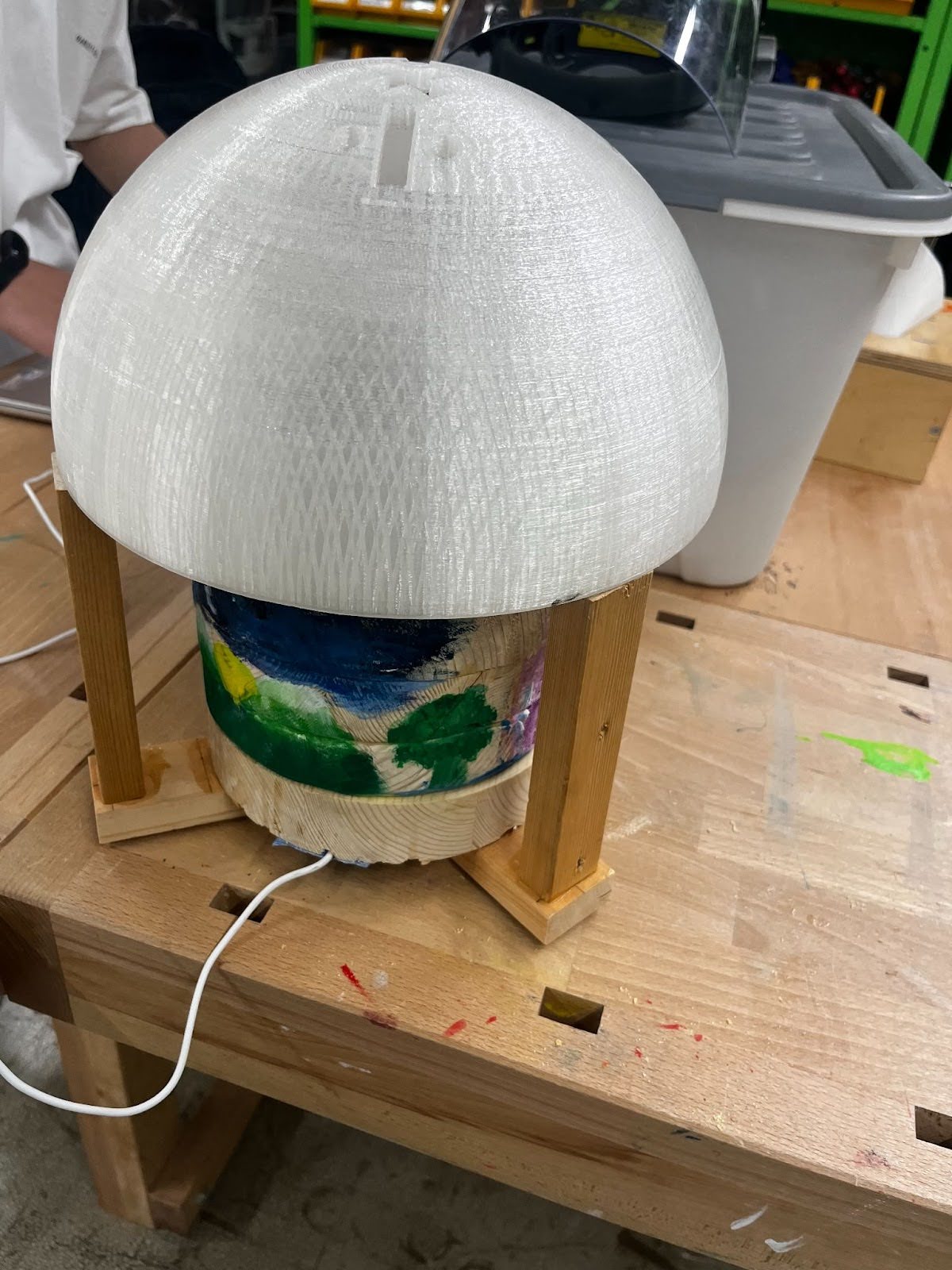
Gallery of Student Work

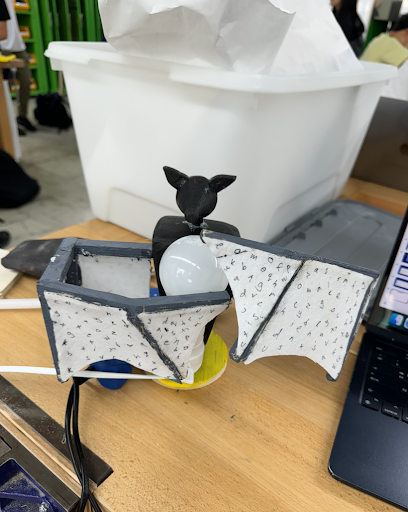
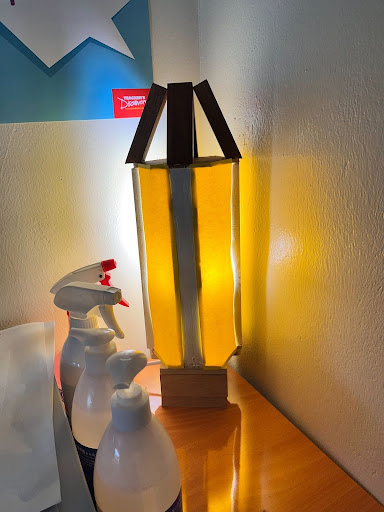
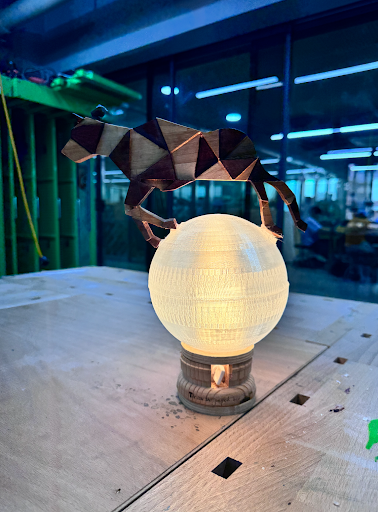
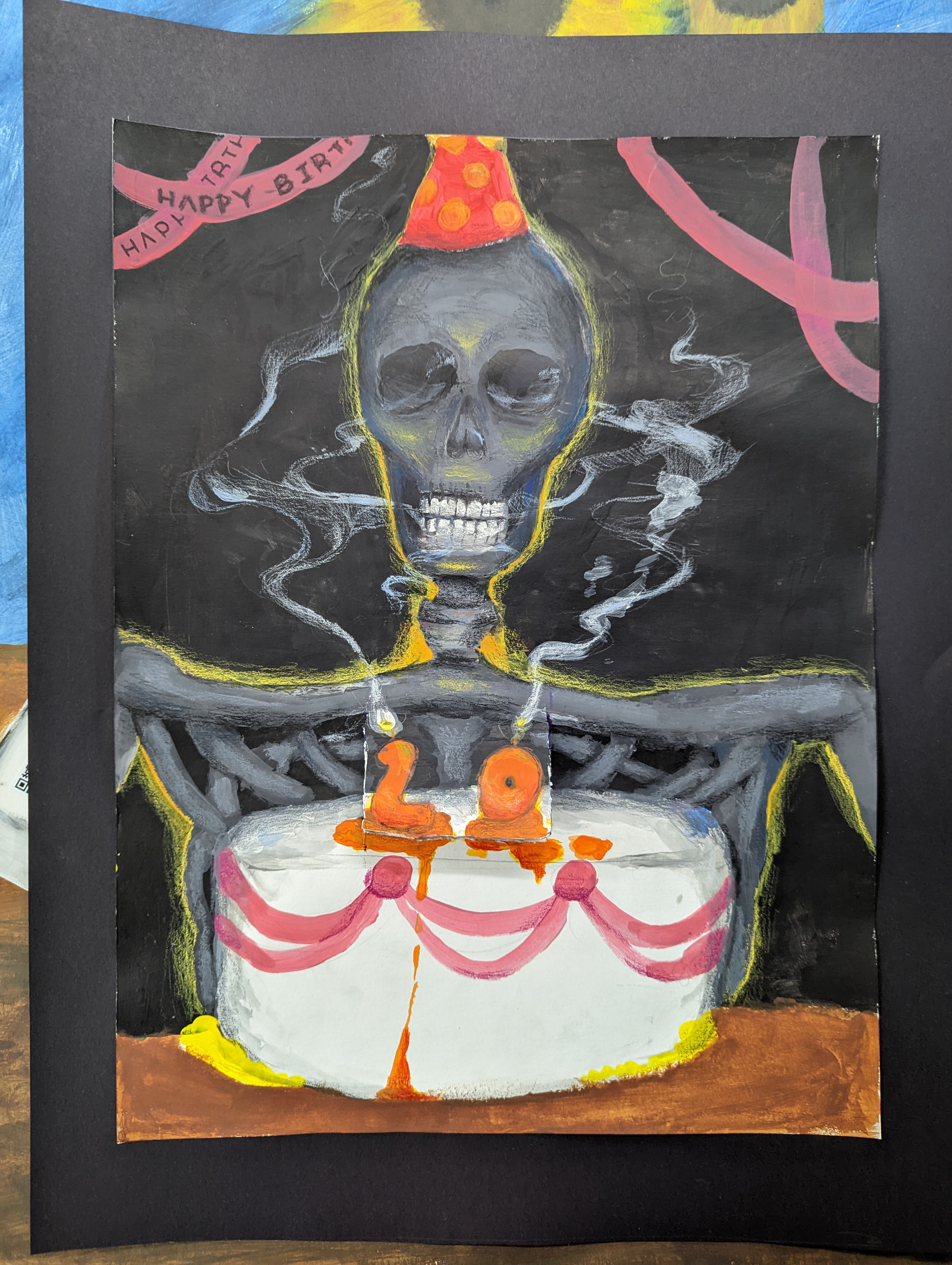
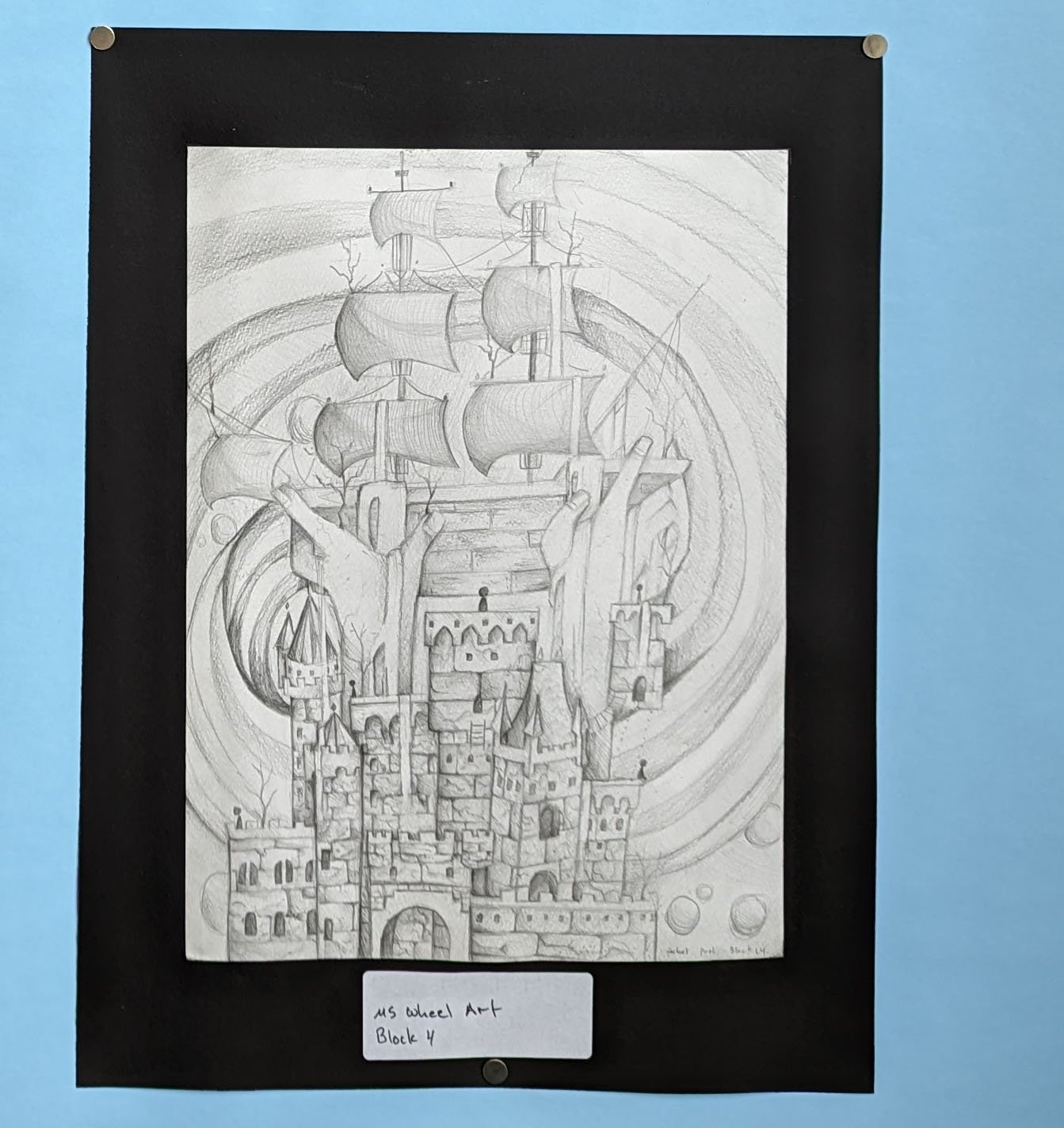
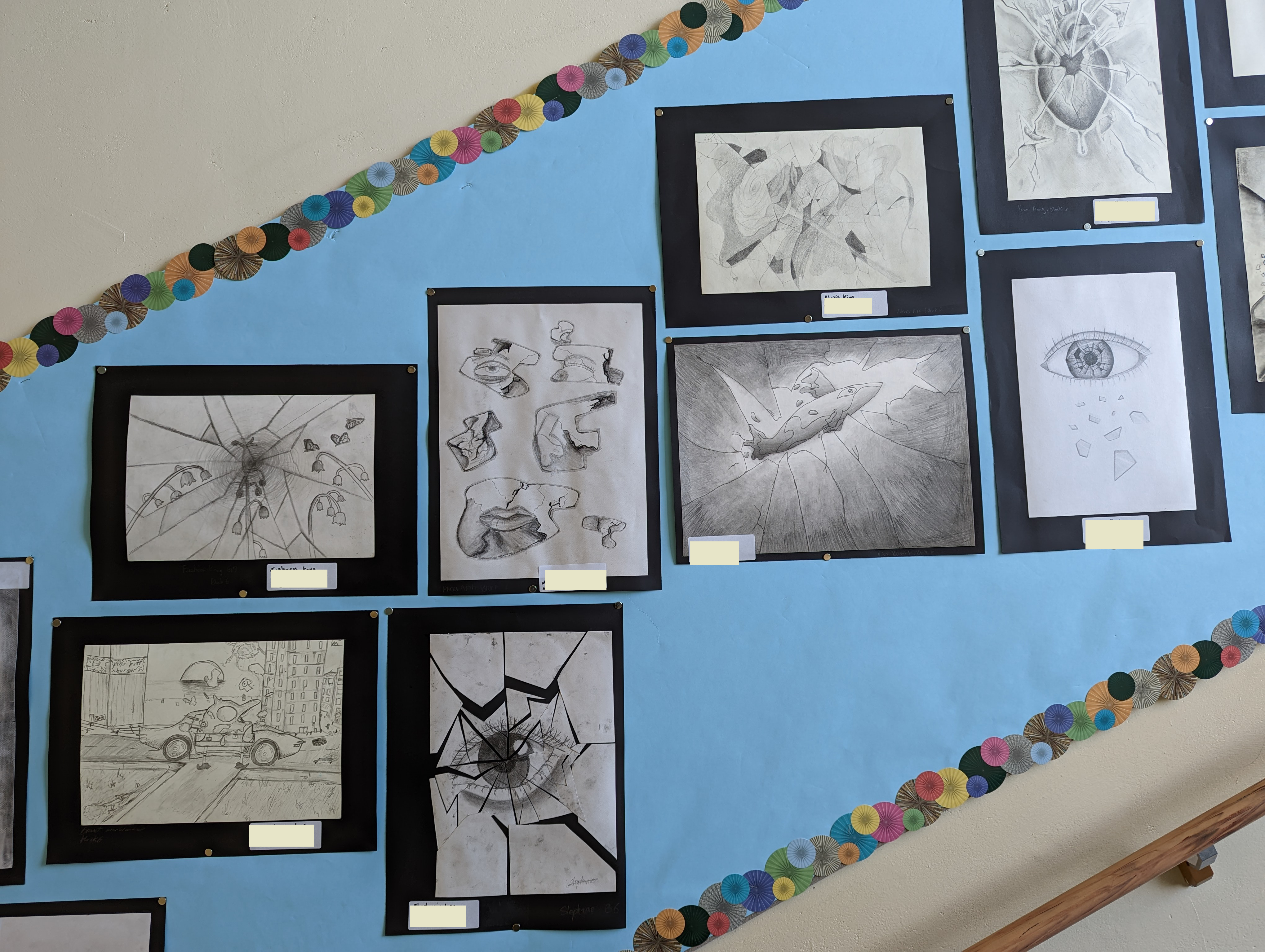

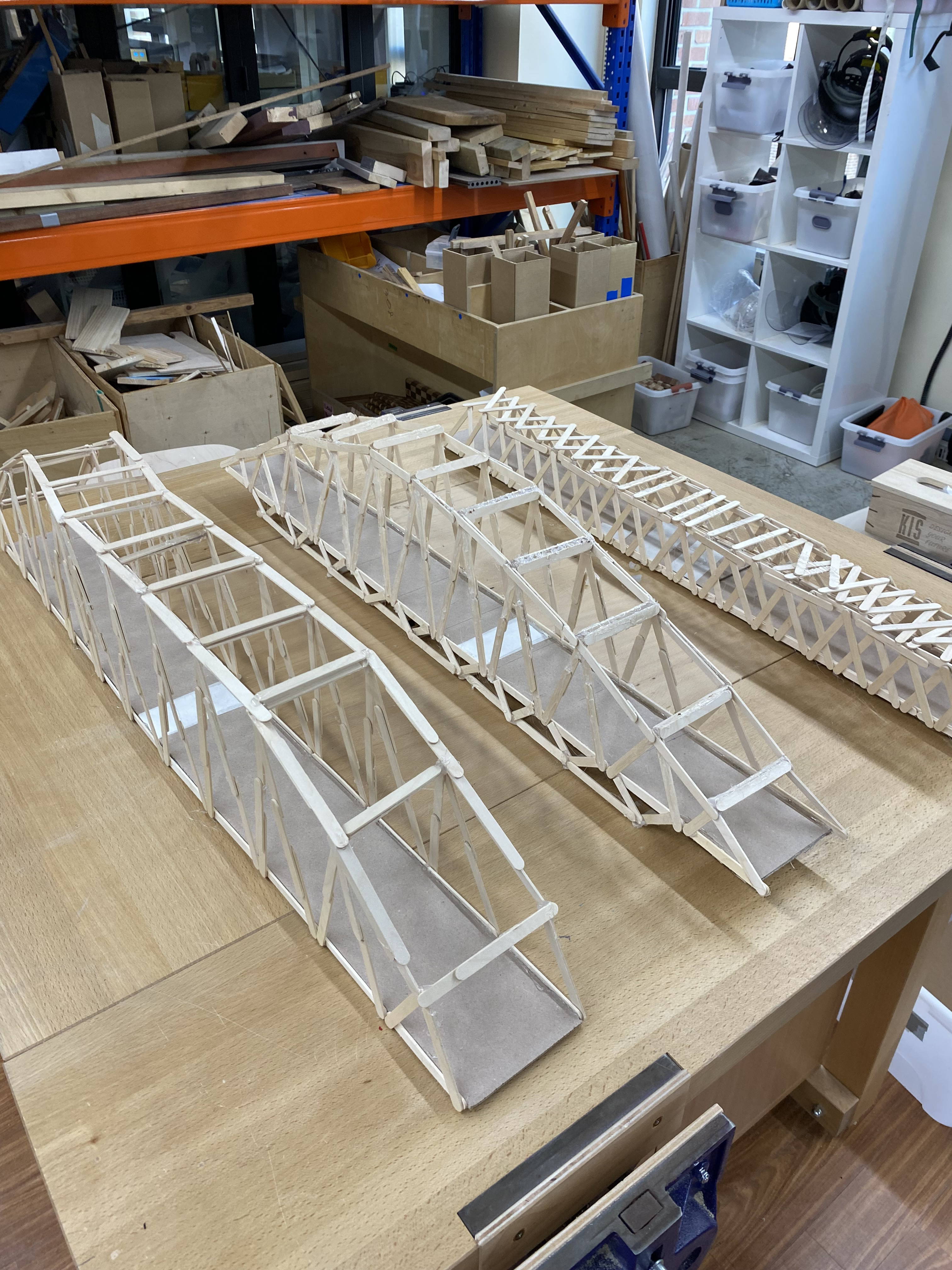
Contact
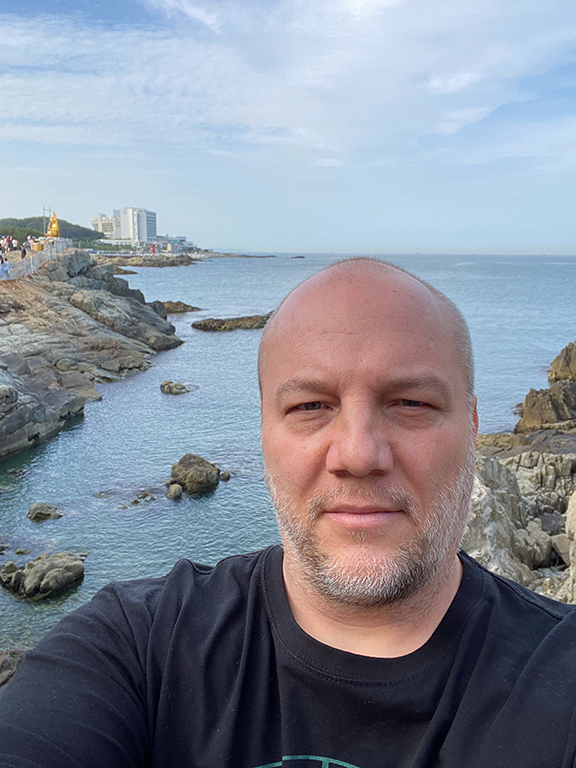
Erik Brossman
Art and Design Educator
82 Songok-ro #104-206
Suji-gu, Yongin-si, Gyeonggi-do
ROK